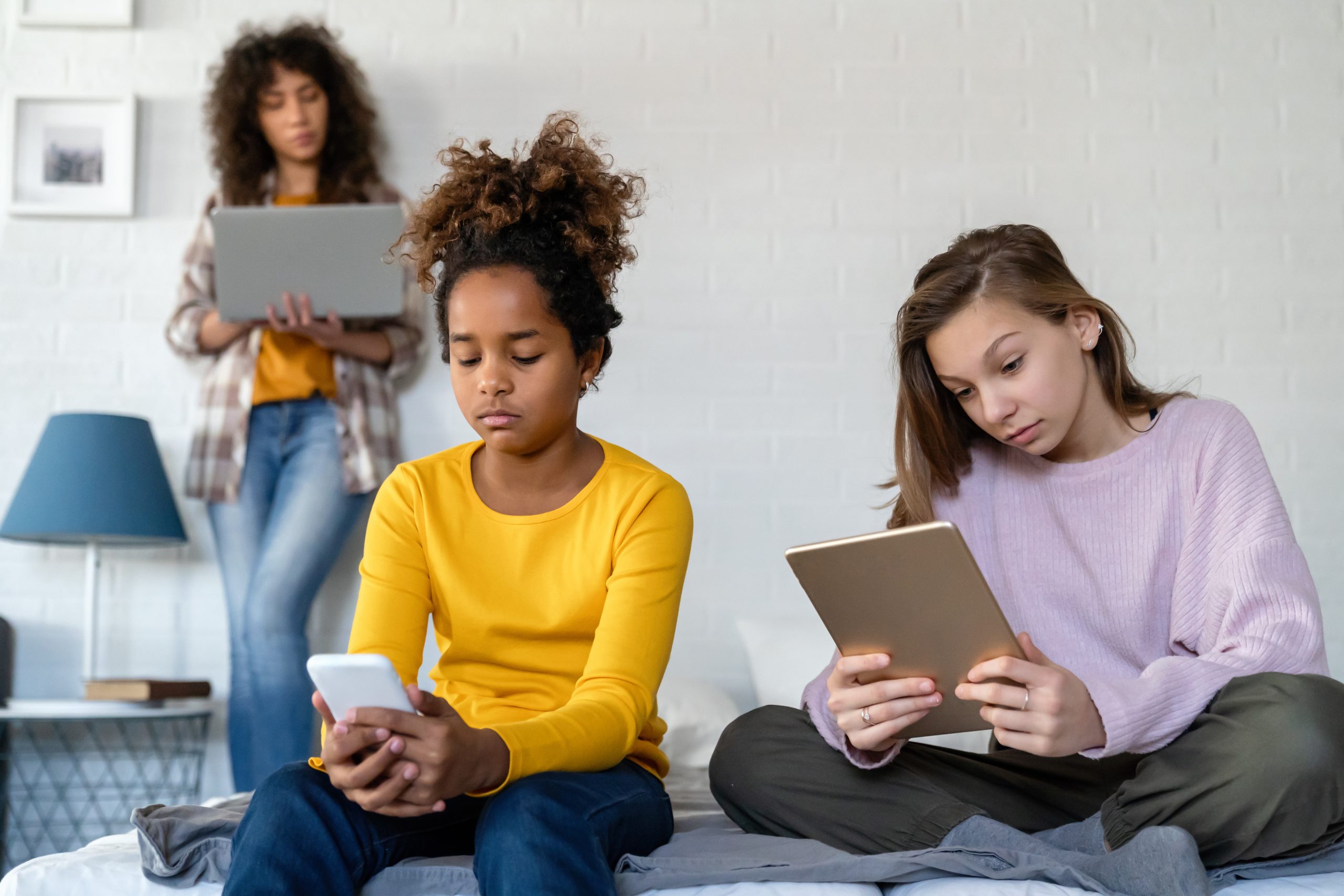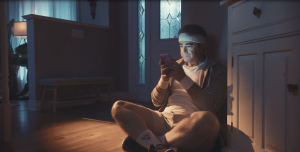The recommendation: According to the Canadian 24-Hour Movement Guidelines for Children and Youth, teens should limit their recreational screen time to two hours per day.
The reality: Most teens spend way too much time in front of screens. The call of the outdoors just can’t compete with TikTok, Instagram, YouTube and Snapchat. In fact, according to new results from Statistics Canada’s Canadian Health Measures Survey, only 28% of youth (12 to 17 years of age) living in Canada meet the screen time recommendation (down from 31%), compared to 62% of younger children (down from 73%).

Teens are also currently the least active age group in Canada. New data reveal that only 21% of youth meet national physical activity recommendations (down from 36%). Even more alarming, this group spends an average of 10.6 hours per day being sedentary (e.g., sitting at school, using screens and passive commuting), which is higher than adults (9.3 hours), children (7.6 hours) and preschoolers (6.6 hours).
The consequences: When teens get too much sedentary and screen time and not enough physical activity, they can develop poor sleep habits, have less energy, be less focused at school, and be more likely to have symptoms of depression and anxiety. In short, they’re less happy and healthy. Low physical activity levels in adolescence often continue into adulthood, contributing to a higher risk of chronic disease later in life.
Why limiting screen time matters
The importance of limiting screen time is easy to understand once you learn that the whole day matters. That’s why the Canadian 24-Hour Movement Guidelines were created. Because there’s only so much time in a day, each behaviour, whether that’s moving, sleeping or being sedentary, affects the others. If you change one, you’ll change the others.
So, if teens spend all day scrolling through TikTok videos on their phones or watching YouTube videos on their laptops or tablets, they’re less likely to move enough and get sufficient sleep. This can quickly lead to a vicious cycle where teens are less active, develop poor sleep habits and spend more time on screens each day.
7 ways to reduce teens’ screen time
Making the reality match the recommendation isn’t easy, but thinking about the full day can be helpful for identifying strategies to reduce teens’ time spent on screens. Here are some useful tips and tricks:
1. Help your teen(s) get into a screen-free bedtime routine to prevent their sleep patterns and quality from being disrupted. Removing screens from their bedroom can help.
2. Encourage them to swap inactive screen-based activities for active, outdoor activities. Being surrounded by nature leads to all kinds of health-boosting benefits, so encourage your teen(s) to try outdoor activities like geocaching, cycling, hiking, snowshoeing or rollerblading with friends.

3. Set daily limits on screen time and designate screen-free zones at home, like no screens after a certain time of day, during meals or in the bedroom. When mealtimes are screen free, families can connect with fewer distractions, and teens even eat better and pay more attention to their own hunger cues.
4. Suggest having one day a week with no screen time such as “Screen-free Sundays”. If your teen(s) has/have a smartphone, encourage them to turn off as many notifications as possible and to switch on airplane mode when they’re with friends and family.
5. Role-model good behaviour by being mindful of your own time spent on screens. When it comes to teens’ screen use, family is one of the biggest influences. If you model healthy screen use, your teen(s) will learn how to appropriately use screens themselves.
6. Encourage your teen(s) to use active transportation such as walking, wheeling, cycling, rollerblading, skateboarding, scootering or taking public transit to get to school because it’s easier to look at a screen when riding in a car.

7. Encourage your teen(s) to enjoy entertainment on the move. Rather than mindlessly scrolling on their devices, they can listen to audiobooks, podcasts or music while walking, wheeling, jogging or cycling.
Screens remain a major part of modern life, but too much time spent on them can take a toll on teens. By setting limits, being a positive role model and encouraging more movement throughout their days, you can help your teen(s) strike a better balance between screen time and real life. Whether it’s a screen-free meal, a walk/wheel with friends or swapping scrolling for cycling, every small change can make a big difference to teens’ health and well-being.








